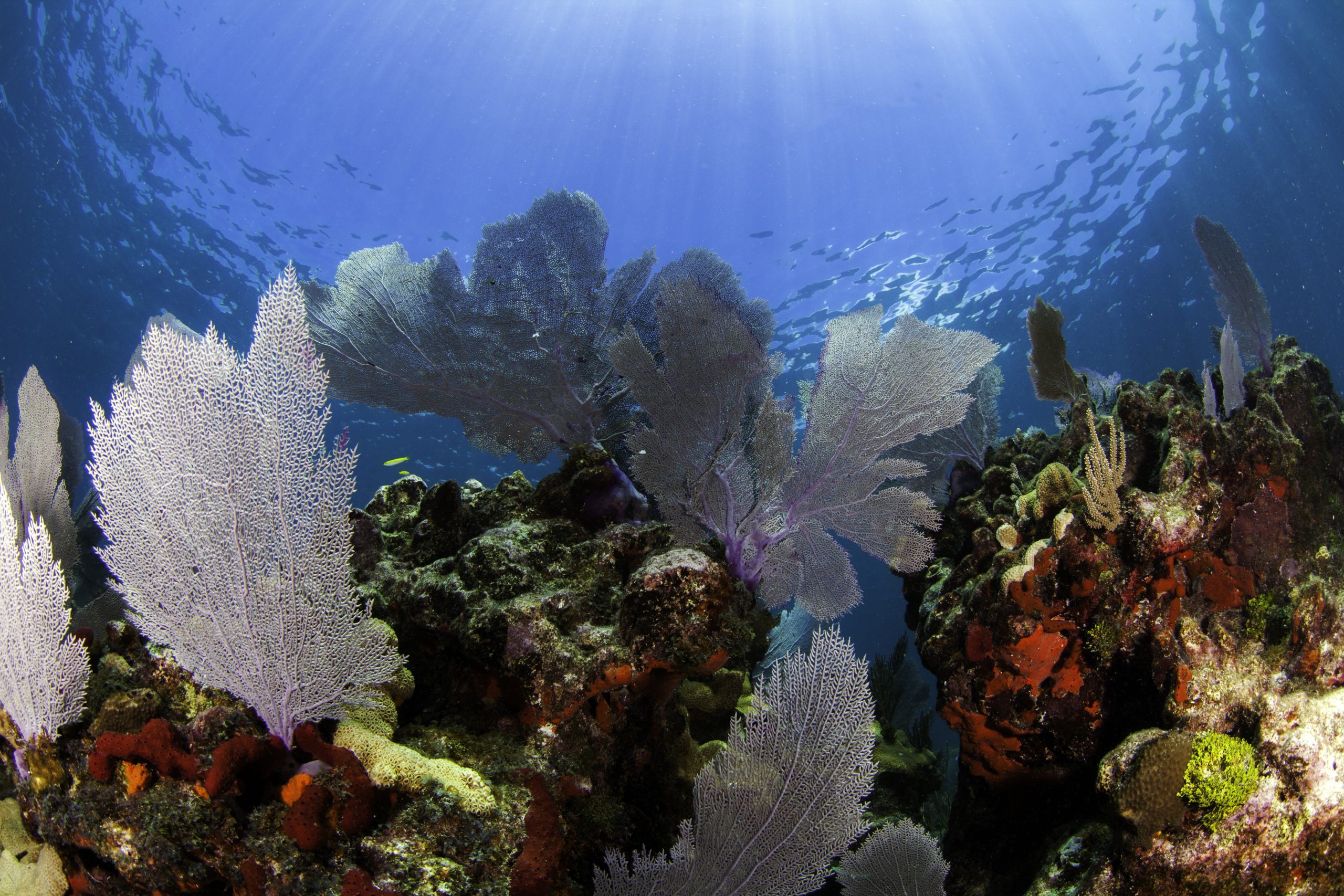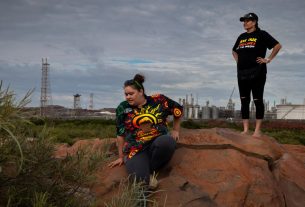Dr Núria Viladrich of Spain was forced by the Covid-19 pandemic in 2020 to cancel a planned visit to the US Virgin Islands, where white-sand beaches and rum-coconut cocktails weren’t the main attractions. She wanted access to the multi-coloured corals populating the reefs around the islands.
Instead, Viladrich ended up in the Florida Keys for two weeks before taking the corals she acquired there to the University of Washington in Seattle, where she studied them over the next two years.
Hard and soft types
Viladrich is a postdoctoral researcher at the University of Barcelona and her work is part of a European project called CoralChange, which got underway in early 2020 as the pandemic struck.
Due to wrap up this August, the initiative received EU funding to illuminate how different species of coral might adapt to environmental changes.
‘The most important thing is to understand what is happening and what is most likely to happen in the next few years,’ said Viladrich, who has scuba dived more than 1 000 times to advance her expertise in the field.
She has investigated two coral types: hexacorals – known also as hard or stony corals – and octocorals, which are called soft corals.
Around 2015, Viladrich recalls seeing research in which scientists observed that some reefs were becoming more populated with octocorals in place of hexacorals. This intrigued her.
‘I wanted to understand if the change was permanent or not,’ she said.
Her theory is that young hexacorals might be less able to establish themselves in reefs under changing environmental conditions. Investigating this idea was the main motivation for her research.
Growing concerns
Coral reefs are found in more than 100 countries, support at least a quarter of marine species and offer coastal protection, food and economic security to hundreds of millions people, according to a 2020 United Nations report.
Reefs protect coastlines from storms, which are likely to become more extreme with accelerating climate change. They’re also vital for biodiversity by offering food and shelter for marine animals.
When oceans warm, the symbiotic relationship between corals and the algae that live in coral tissues breaks down. As a result, the corals die.
“
The most important thing is to understand what is happening and what will happen in the next few years.
Similarly, ocean acidification, which occurs when carbon-dioxide levels in the water increase, slows the rate of growth of corals.
The impact of climate change on coral reefs is already being felt.
Around 14% of the world’s corals were lost between 2009 and 2018 and a 70% to 90% decrease in live coral on reefs may occur by 2050 without “drastic action” to limit global warming to 1.5 degrees Celsius above pre-industrial levels, according to the UN Environment Programme.
In 2021, the EU joined an “International Coral Reef Initiative” bringing together almost 90 organisations and countries to protect vulnerable ecosystems. In addition, an EU mission called “Restore Our Ocean and Waters” has led to the creation of hubs in Europe to develop and deploy new methods to help marine life.
Conservation and restoration
Understanding more about how corals reproduce and respond to stressors will help guide conservation and restoration efforts, which will become increasingly important as global temperatures continue to rise.
The corals that Viladrich collected from the Florida Keys ended up in aquariums, where she tested how they would be affected by differences in temperature and feeding.
After 10 months, Viladrich removed the corals and studied how they functioned and reproduced. She experimented on one species of hexacoral and three octocoral kinds.
Having completed that groundwork, she is now analysing the resulting data. Early results shed light on the processes through which two of the octocoral species reproduce and should provide insights into the impact of environmental changes such as temperature on reproduction.
The research should also make it possible to highlight which of the corals from the Florida Keys are more resistant to such changes. This could help conservationists make better decisions by focusing on species more likely to survive in the future.
Skeleton puzzle
Debate rages within the scientific community on how exactly hexacorals develop their hard, rock-like skeletons. There are two proposed routes: geochemical and biological.
Professor Gavin Foster thinks it’s likely a mix of both.
‘We don’t really know what the most important mechanism is,’ said Foster, a geochemist at the University of Southampton in the UK.
“
It’s the challenge of our time, so it’s beholden on us all to do something wherever we can.
He’s investigating the mechanisms behind skeleton formation in coral as part of the EU-funded Microns2Reef project, which runs for five years through July 2025.
The process is called biomineralisation and it’s widespread in living creatures. Humans produce their teeth and skeletons through biomineralisation, for example.
Between the soft tissue and hard skeleton of corals is a small area called the calcifying space.
When the coral wants to create more skeleton, it makes the liquid less acidic by pumping hydrogen ions out. That action also causes carbon dioxide to diffuse in.
The conditions are then perfect for the formation of a specific type of calcium carbonate – the material that makes up the skeleton.
That explains the geochemical process.
Advocates of the biological process recognise that those things are happening but believe the organic molecules that the corals secrete are more important.
These organic molecules have been detected in the calcifying space of corals that have undergone study. When isolated, the molecules have caused calcium carbonate to form.
Interactions and imbalances
In either case, various factors can influence the process.
Changing temperatures or acidity in the water can have an impact. But so can chemical pollution.
Foster and his colleagues have found that inducing nutrient imbalances in the water – for example by increasing the amount of nitrogen or phosphorus – impeded the biomineralisation process.
Nutrient imbalances tend to occur on a more local level than global stressors such as warming oceans. One reason can be the runoff from agricultural fertilisers carried by rivers to the ocean. This can lead to higher levels of phosphorus and nitrogen in specific areas.
Foster, who has worked on fossils for most of his career, has in recent years become increasingly drawn to the question of how life and geochemistry interact.
‘Over time, I have become more focused on climate science,’ he said. ‘It’s the challenge of our time, so it’s beholden on us all to do something wherever we can.’
Research in this article was funded by the EU via the European Research Council (ERC) and the Marie Skłodowska-Curie Actions (MSCA). If you liked this article, please consider sharing it on social media.



